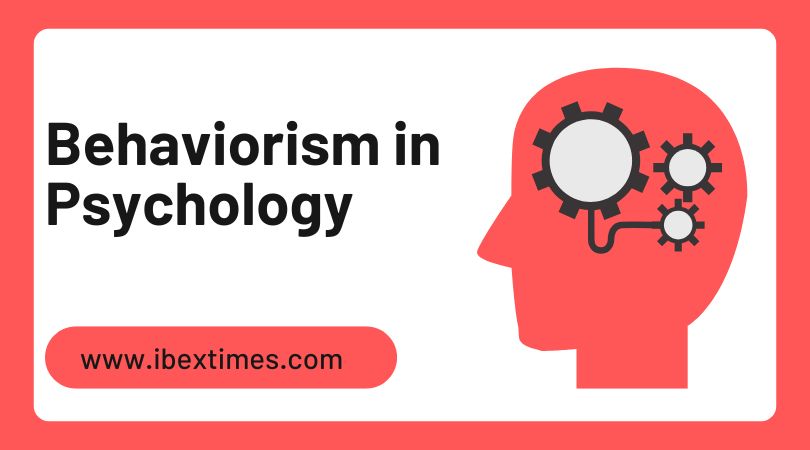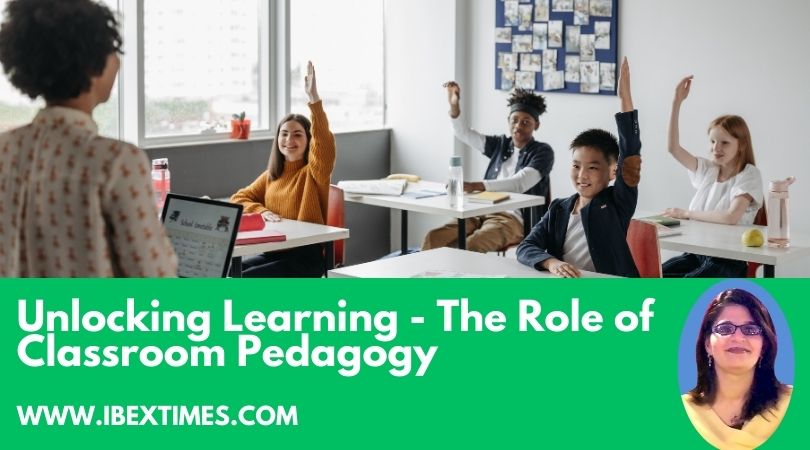By Zahra
I am writing this article to share my experience as a teacher in both the private and public sector schools. This article highlights the stark contrast between the two, particularly in terms of facilities, environment, and overall ambiance. Through my journey, I hope to shed light on the challenges faced by public sector schools and how they differ with that of private schools.
My First Day at the School
When I received the official notification to report to my first public sector school the next day, I decided to locate it in advance by visiting the area on the same day. Since the location was unfamiliar to me and I had never heard of the school before, I spent 4-5 hours on the road trying to find it, as many schools in the area had similar initials.
When I entered the school, I was shocked by its deplorable condition. The building was in poor shape, with garbage scattered around.
That day was unforgettable. My father and I went from one school to another, yet we couldn’t find the right one. It was both exhausting and frustrating. The next day, I resumed my search, and this time, I finally found it.
When I entered the school, I was shocked by its condition. The building was in poor shape, with garbage scattered around. Adjusting to the environment was difficult, as it was completely different from what I had experienced before. Coming from a private institution where facilities were clean and well-maintained, this was a stark contrast. I realized that this environment posed challenges not only for me but also for the students and other staff. It took me a couple of days to make sense of the situation and mentally prepare myself to step into the classroom with a clear mind
First Interaction with Students
My first interaction with the students was challenging in many ways. As I got to know them, I realized that many of them came from underprivileged backgrounds and faced difficulties in meeting even their basic needs, such as consistent access to electricity, clean water, and adequate food.
One of the biggest challenges students faced was the language barrier. Their books were in English, but the medium of instruction was Urdu. While they were knew Urdu, they struggled to understand even basic English, which was required for both their internal and board examinations.
One day, an official of the education department visited the school for inspection. I raised concerns about the lack of water for drinking and washroom use. However, the official responded indifferently, stating that water was unavailable in the area and its resolution was beyond his control.
Another issue I noticed within a few days was that classroom instruction did not encourage active student participation. The outdated “book-marking” method was commonly used, where teachers simply marked sections of the textbook for students to read and memorize without ensuring their understanding of the concepts. Even the students did not carry pens or notebooks to take notes during lessons, as they lacked confidence in their writing abilities.
In contrast to my previous school, the school also lacked digital learning tools to make education engaging and interactive. There were no multimedia facilities for displaying slides, showing videos, giving presentations, or enhancing the learning experience.
Information and Communication Technology (ICT) plays a crucial role in increasing student motivation by providing interactive, engaging, and personalized learning experiences. It makes lessons more dynamic through multimedia, online resources, and gamified learning, capturing students’ attention and catering to different learning styles. In the 21st century, visualization is essential for effective learning, yet in government schools, it remains an unattainable dream.
Challenges in the School Environment
One day, an official of the education department visited the school for inspection. I raised concerns about the lack of water for drinking and washroom use. However, the official responded indifferently, stating that water was unavailable in the area and its resolution was beyond his control. The school continues to face this critical shortage, impacting on students’ health and hygiene. This neglect reflects a wider crisis in public education infrastructure, where essential needs are often ignored despite their urgency.
Classroom instruction discouraged active student participation, relying on the outdated ‘book-marking’ method, where students memorized marked sections without true understanding.
Another major issue I observed was the lack of cleanliness. The school premises, from corridors to classrooms, were covered in dust, and I did not see any janitors. Based on my experience in public sector schools, it has become evident that they do not provide cleaning staff. As a result, in this school, teachers had to hire cleaners using their own salaries to ensure that classrooms and restrooms remained somewhat usable.
I also observed that many students came from extremely low-income families. Some didn’t have sweaters to wear in winter, water bottles to drink from, or lunch to eat during breaks. Many came from broken families or homes with difficult environments, and some didn’t even have proper shoes to wear. Although a few generous individuals donated money to buy shoes for these students, the overall situation remained deeply distressing
A Call for Change
Throughout my professional career, I have never experienced such difficult and stressful conditions. It is the government’s responsibility to take meaningful action to improve the quality of education and provide essential facilities such as clean water, proper classrooms, and a safe environment.
I hope to see the school I work in become a better place—a place with clean and well-maintained infrastructure, where students feel motivated to come and learn. Every child deserves a good education and a supportive learning environment.
This article has been contributed by Zahra, an educationist and teacher trainer. She writes on topics related to education, culture, and society.














